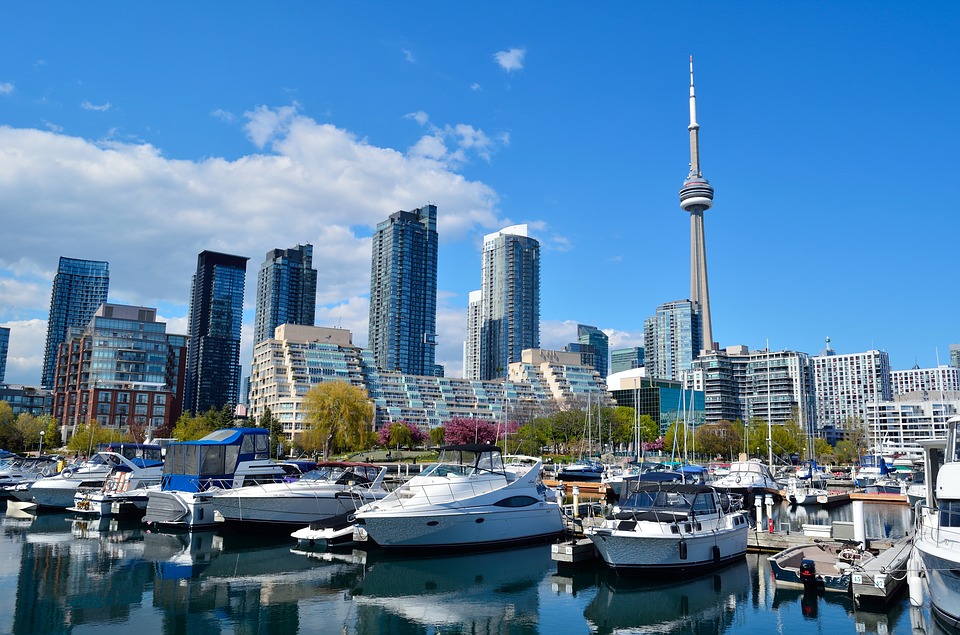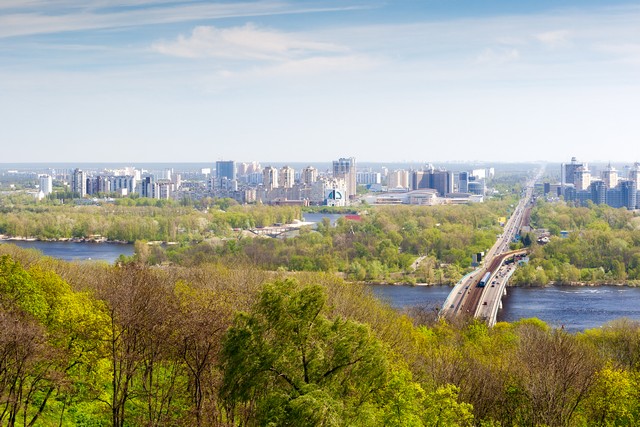The latest liveability index from the Economist Intelligence Unit suggests that Shakespeare might be overplaying the importance of people in his definition. The annual survey, which considers 30 factors related to safety, health care, educational resources, infrastructure and the environment, finds that six of the top ten scoring cities are in Australia and Canada, which have very low population densities (3.2 and 4 people per square kilometre respectively).
This compares with an average of 35.6 in the United States and a global land average of 58, and allows them to promote a range of recreational activities without leading to high crime levels or overburdened infrastructure. Austria bucks this trend with 106.7 people per square kilometre. But Vienna, which tops the ranking for the first time, has a city-proper population of 1.9m, which is relatively small compared with other metropolises.
The 10 most liveable cities
- 1. Vienna, Austria
- 2. Melbourne, Australia
- 3. Osaka, Japan
- 4. Calgary, Canada
- 5. Sydney, Australia
- 6. Vancouver, Canada
- 7. Toronto, Canada
- 8. Tokyo, Japan
- 9. Copenhagen, Denmark
- 10. Adelaide, Australia
Indeed, small and mid-sized cities fare better than their larger neighbours throughout the index. Manchester’s resilience in its recovery from a terror attack in 2017 and improved security helped it rise to 35th in 2018, 13 places higher than London; Boston sits 15 places higher than New York in 42nd; and improvements in public transport and declining crime rates in Osaka have seen it move into 3rd place, ahead of Tokyo in joint 7th.
The 10 least liveable cities
- 1. Dakar, Senegal
- 2. Algiers, Algeria
- 3. Douala, Cameroon
- 4. Tripoli, Libya
- 5. Harare, Zimbabwe
- 6. Port Moresby, PNG
- 7. Karachi, Pakistan
- 8. Lagos, Nigeria
- 9. Dhaka, Bangladesh
- 10. Damascus, Syria
Residents of cities that do not feature near the top of the list should not be dispirited. Of the 140 cities surveyed, 66 have a liveability score of 80% or more, meaning that there are few if any challenges to living standards.
Source: Rustourismnews





